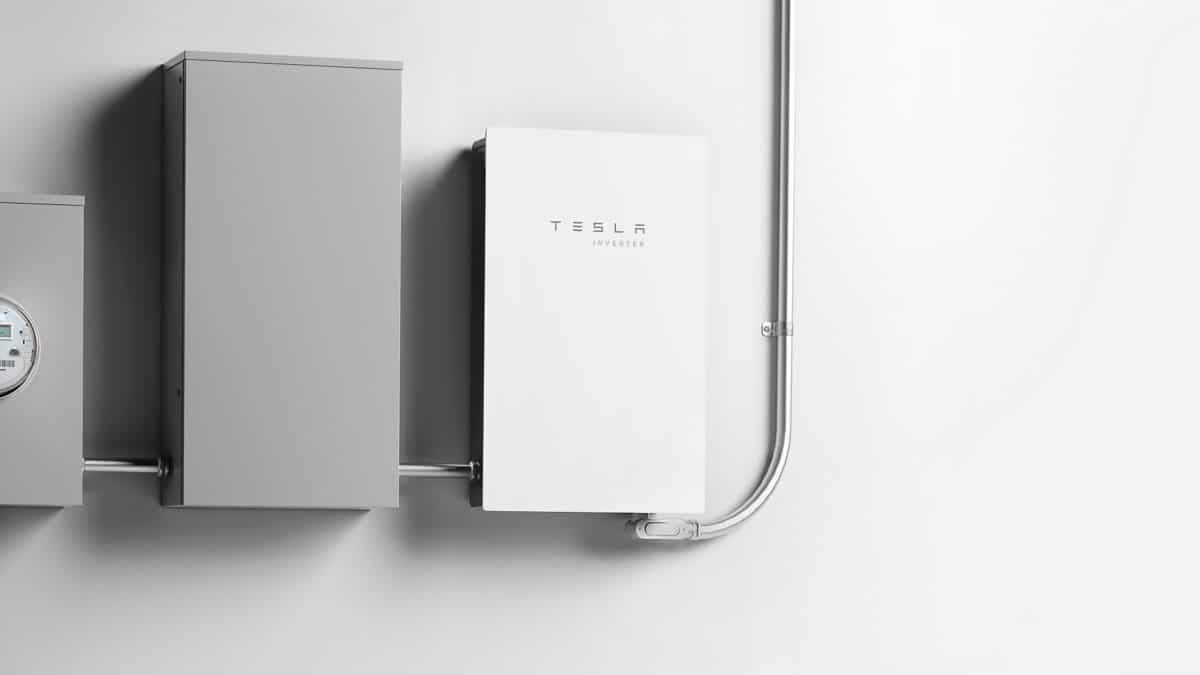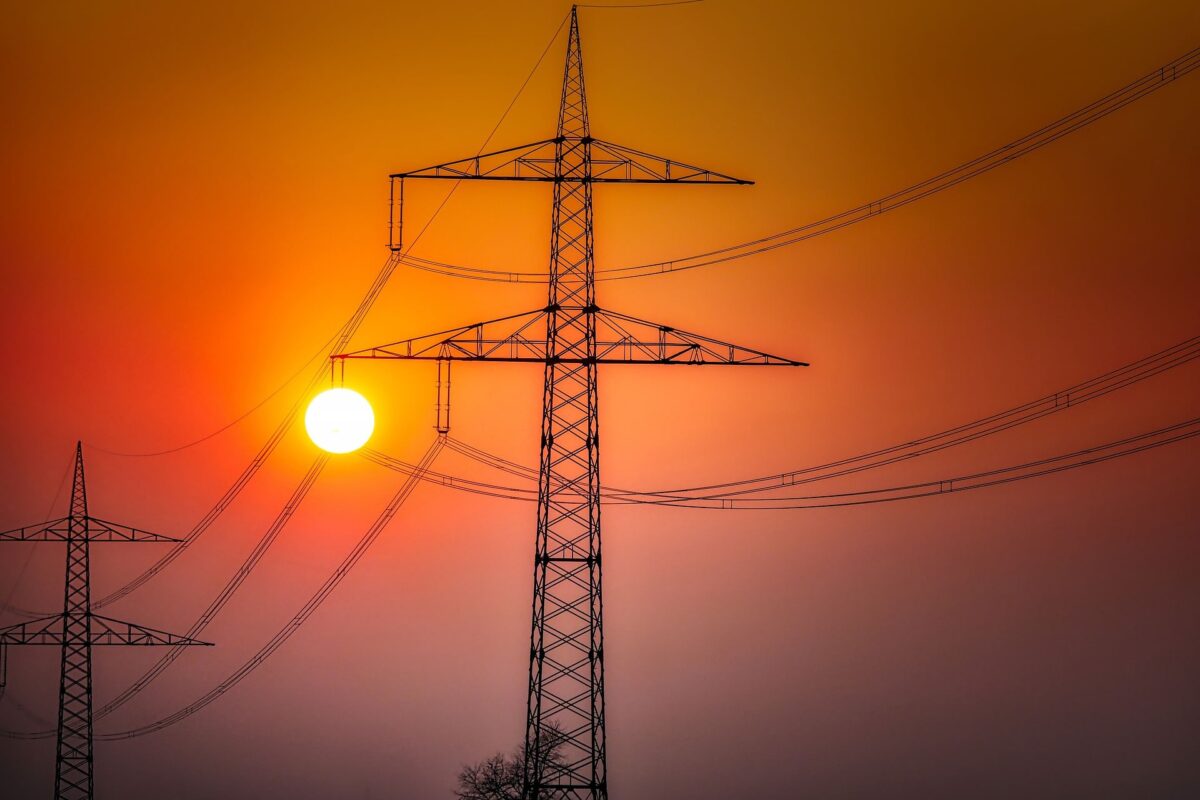Two inverter suppliers dominate the United States rooftop solar market: Enphase and SolarEdge. The former provides microinverters, which pair an inverter with each solar module, while the latter provides string inverters tied to module-level power optimizers.
Together, the two represent about 90% of the United States market share. Roth Capital Partners said an industry note that Enphase holds about 50% market share, while SolarEdge represents about 40% to 45%.
Residential solar is currently in a wounded state, with SolarEdge and Enphase stocks down as much as 70% from their highs last December. High interest rates and changes to solar export compensation rates have caused a significant peel back in demand for new installations.
Phil Shen, managing director, Roth Capital Partners issued an industry note, warning that these forces may continue to weigh down residential solar through 2024. He forecasts a 12% market contraction nationwide in 2024. This can spell doom for the share price of high-growth companies like the two inverter duopoly players.
What’s more, Roth has warned that Tesla may make a move to gobble up some market share in the rooftop solar inverter space. It is currently a major provider of home batteries in its Powerwall offering, a leading home EV charger supplier, and despite a 48% pullback in its rooftop solar business, Tesla is a significant player in residential solar.
Tesla offers a string inverter, similar to SolarEdge’s product. String inverters generally fetch a lower price, bringing down upfront system costs. The low upfront cost is particularly attractive to customers right now, who are faced with high interest rates that drive up the sticker price of a solar lease or loan. Roth said Tesla’s pricing has been coming in lower than Enphase and SolarEdge.
In a survey of 26 residential solar installers, Roth found that collectively the installers expect Tesla inverters to become about 15% of the overall market share in 2024. The survey results showed that installers expect about 10% of the 15% points to come from SolarEdge’s share, while the other 5% points would come from Enphase’s share.
“When we asked why two-thirds of the TSLA share shift would come from SEDG vs. one-third from ENPH, the answer was due to ‘frustration’ with SEDG quality, while there is ‘more stickiness’ and loyalty with ENPH,” said the Roth note.
Roth has noted after a ramp-up of Tesla inverter-only sales, request for Tesla inverter quotes has begun to plateau on merchant sites like EnergySage. Reports of commissioning issues and high failure rates early on in adoption have tempered Roth’s expectations for a Tesla residential inverter market takeover, though a 15% share grab is still significant.
Furthermore, Tesla will begin to sell its Powerwall 3 home battery in 2024 or 2025. The Powerwall 3 is only compatible with Tesla string inverters. This strategy could carve out a significant market share for the automaker, challenging the U.S. residential solar inverter duopoly.
This content is protected by copyright and may not be reused. If you want to cooperate with us and would like to reuse some of our content, please contact: editors@pv-magazine.com.









Tesla makes a similar 7.5 Kw inverter in the Powerwall so just separating it out from the battery costs little.
Remember Tesla is one of the largest power inverter companies in the world both in EVs and in EV Superchargers plus Powerwalls and Megapacks.
Plus has to have V2G in 15 months where it will work too with slight modifications.
I wonder why SMA and Fronius aren’t more popular in the USA… They make a better quality product than SolarEdge.